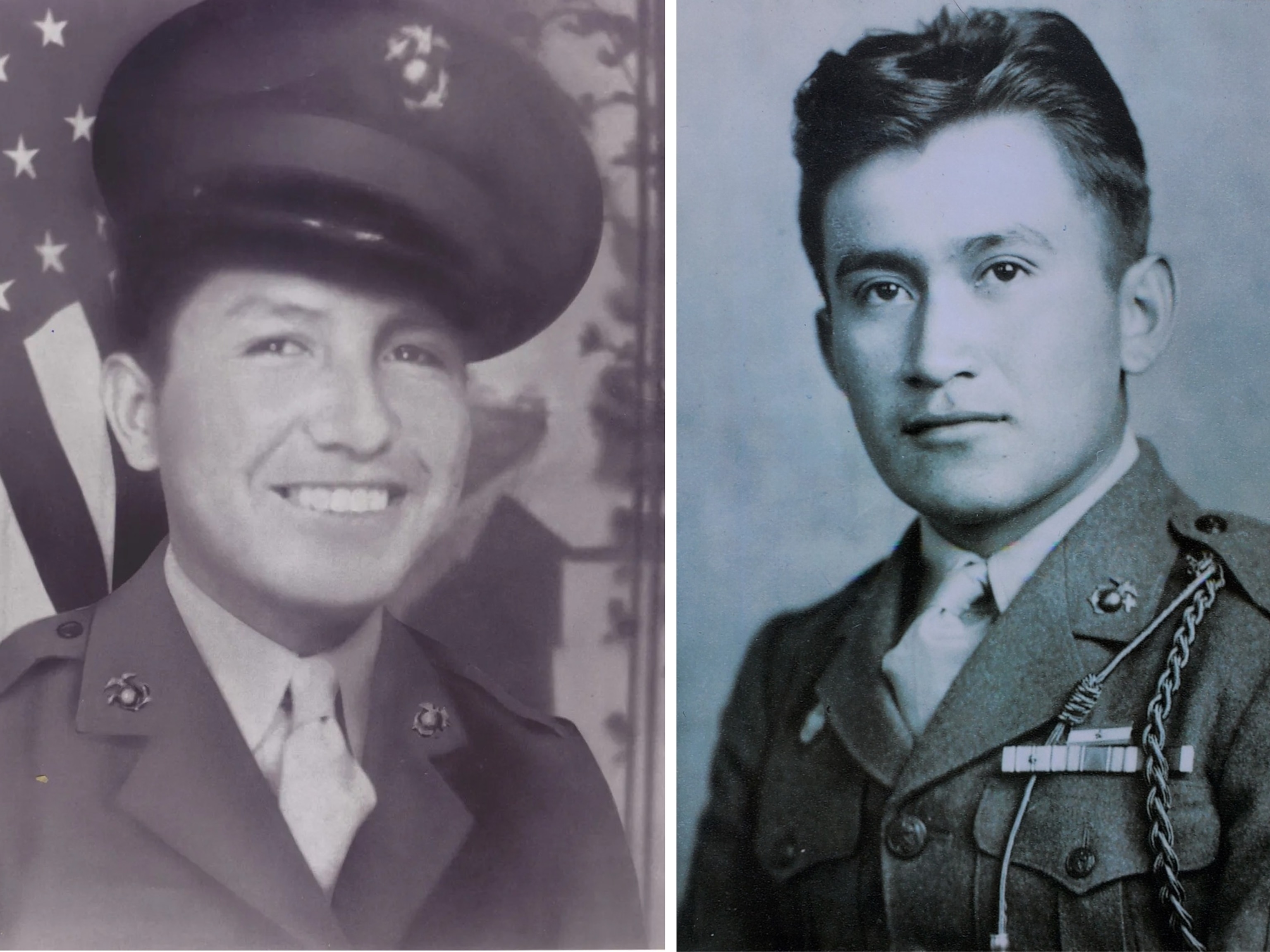
First Person: Save a Language, Save a Culture
Grassroots initiative seeks to revive threatened languages of Bangladesh.
Part of our First Person series, where we invite writers to share personal stories.
Of the world's 6,000-plus languages, half are expected to be extinct by the end of the century.
I knew nothing about this linguistic catastrophe until four years ago, when more or less by accident I began carving the alphabets of endangered languages.
I'd spent my life as a nonfiction writer, with no pretensions to be a visual artist, when one Christmas I decided to make gifts for my family by carving their names in boards of Vermont maple, with the bark still on and a beautiful ripple in the grain.
These came out surprisingly well, and in casting around for something else to carve, I stumbled on Omniglot.com, an online encyclopedia of the world's hundred or more writing systems.
Their range and variety were amazing. Some were alphabets with symbols to represent all the vowels and consonants. Some were syllabaries, in which each symbol represented a syllable, and some were abjads, consisting mostly or entirely of consonants.
Some were astonishingly graceful and fluid (the Balinese script looks like a flock of birds), while others were minimal, ornate, or downright exotic: The Dongba script used by the Naxi people in China includes baffling pictograms that look like folding chairs and jellyfish.
My most striking and disturbing discovery, though, was that fully a third are in danger of extinction.
I decided to carve some of the scripts to draw attention to the problem of language loss and cultural erosion. The carvings have since been exhibited in schools, libraries, and universities across the United States and Europe.
Working with a set of gouges and a paintbrush, I created several dozen pieces depicting words, phrases, sentences, or poems in vanishing alphabets from all over the world, including three scripts of indigenous peoples in Bangladesh: the Mro, Marma, and Chakma.
At the time I had no idea I would meet a member of the Marma people, a remarkable man named Maung Nyeu, and that we would collaborate on a preservation project that may become a model of how to reverse linguistic decline and the cultural collapse that goes with it.
Why Do Scripts Matter?
"Scripts are a hugely important aspect of culture," write Martin Raymond and Lorna Evans of ScriptSource, the world's leading authority.
Writing is intimately associated with cultural identity. Each writing system tells the tale of its culture's history, its evolving technology, even its deeply embedded values.
In sub-Saharan Africa alone, more than a dozen scripts have been formulated for indigenous languages since 1900.
"The N'Ko script," Raymond and Evans note, "was originally created in 1949 for Bambara, one of the Manding languages of Mali, which, at that time, was written using the Latin script.
"N'Ko script was adopted by other Manding language groups because, unlike Latin, it was seen as a script of their culture. N'Ko has become one of the most widely used indigenous African scripts, and it has strengthened the Manding cultural identity."





